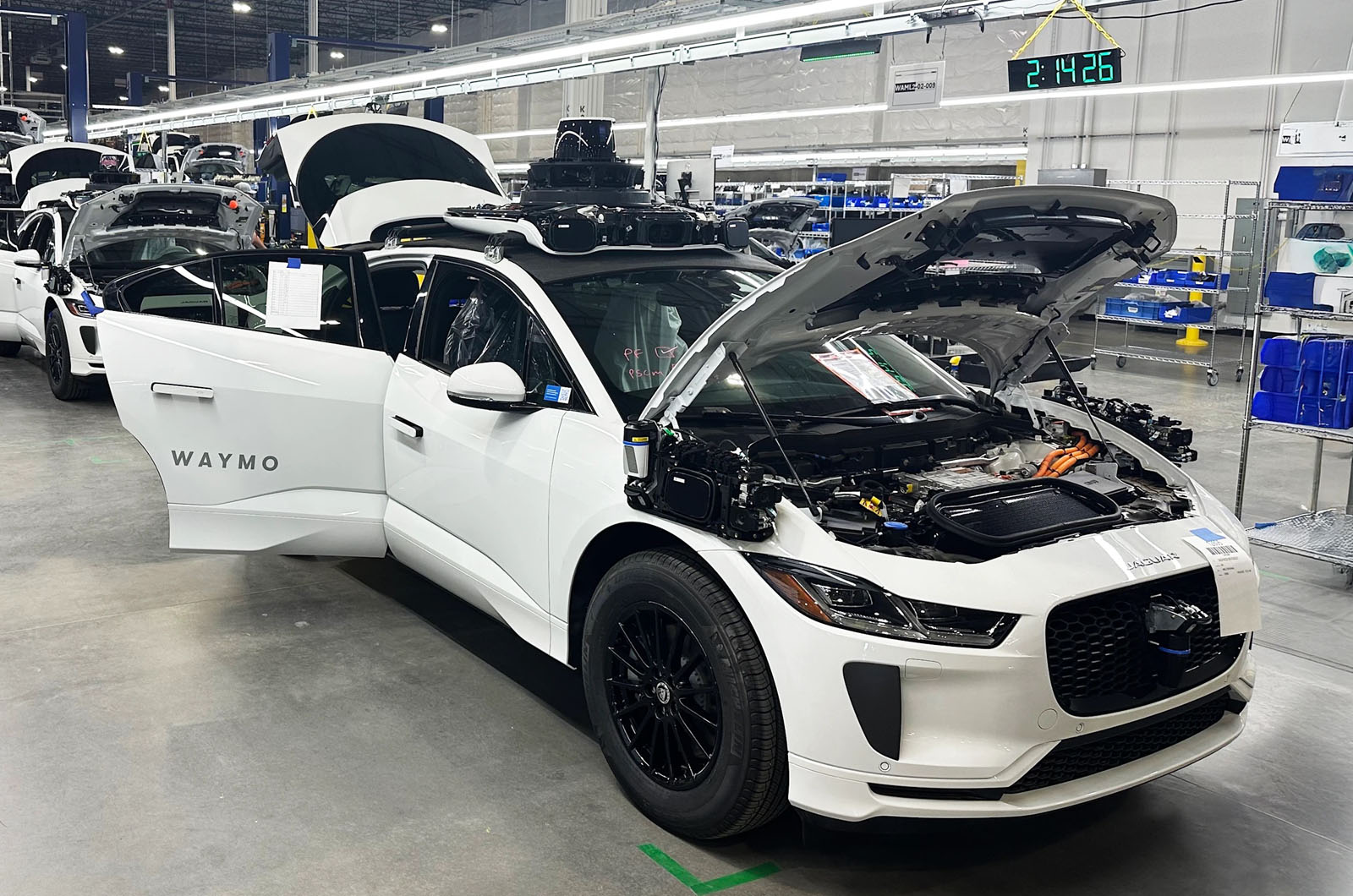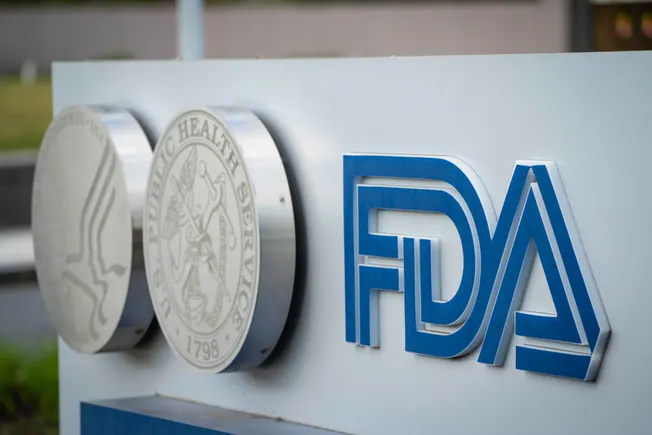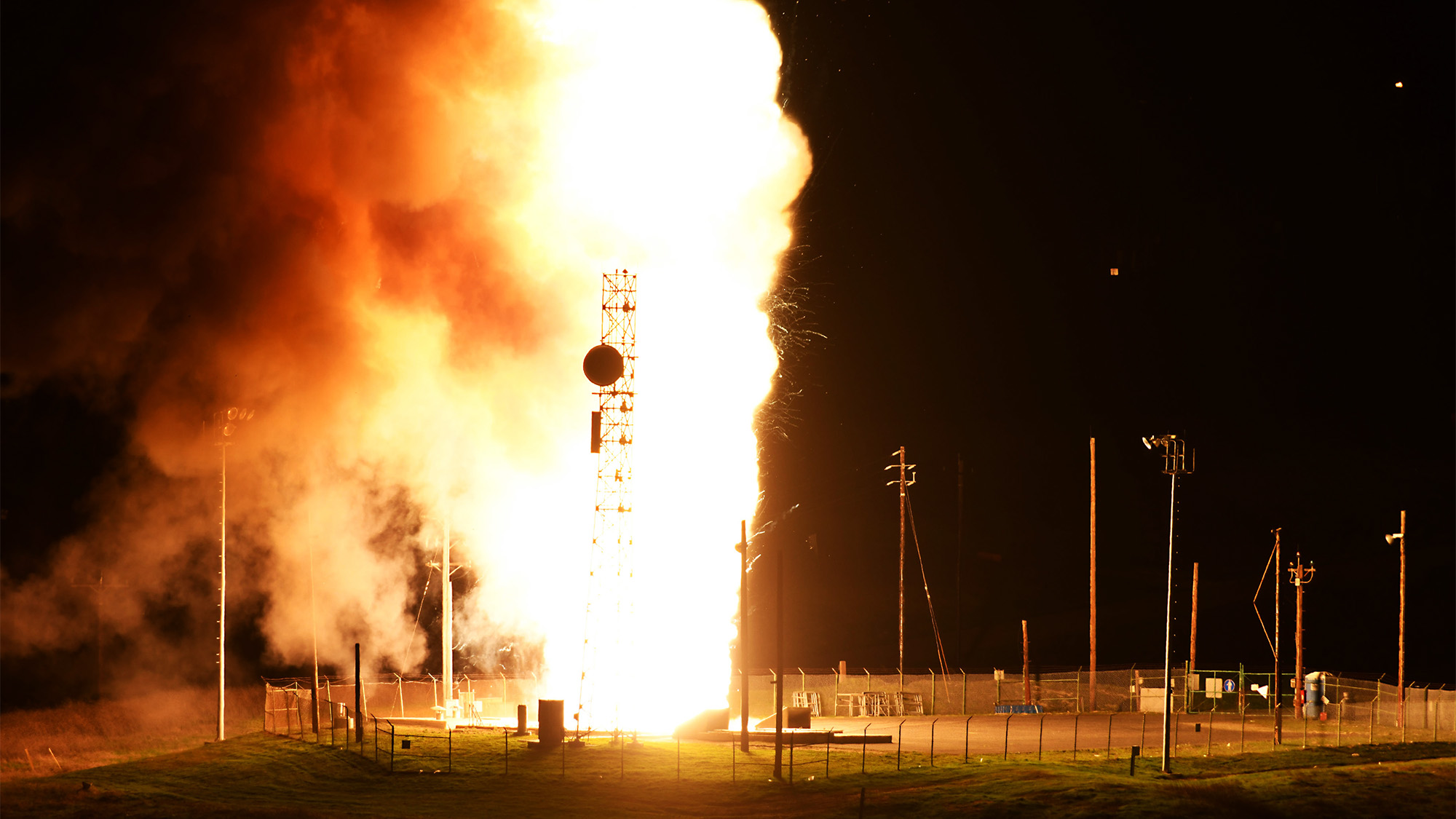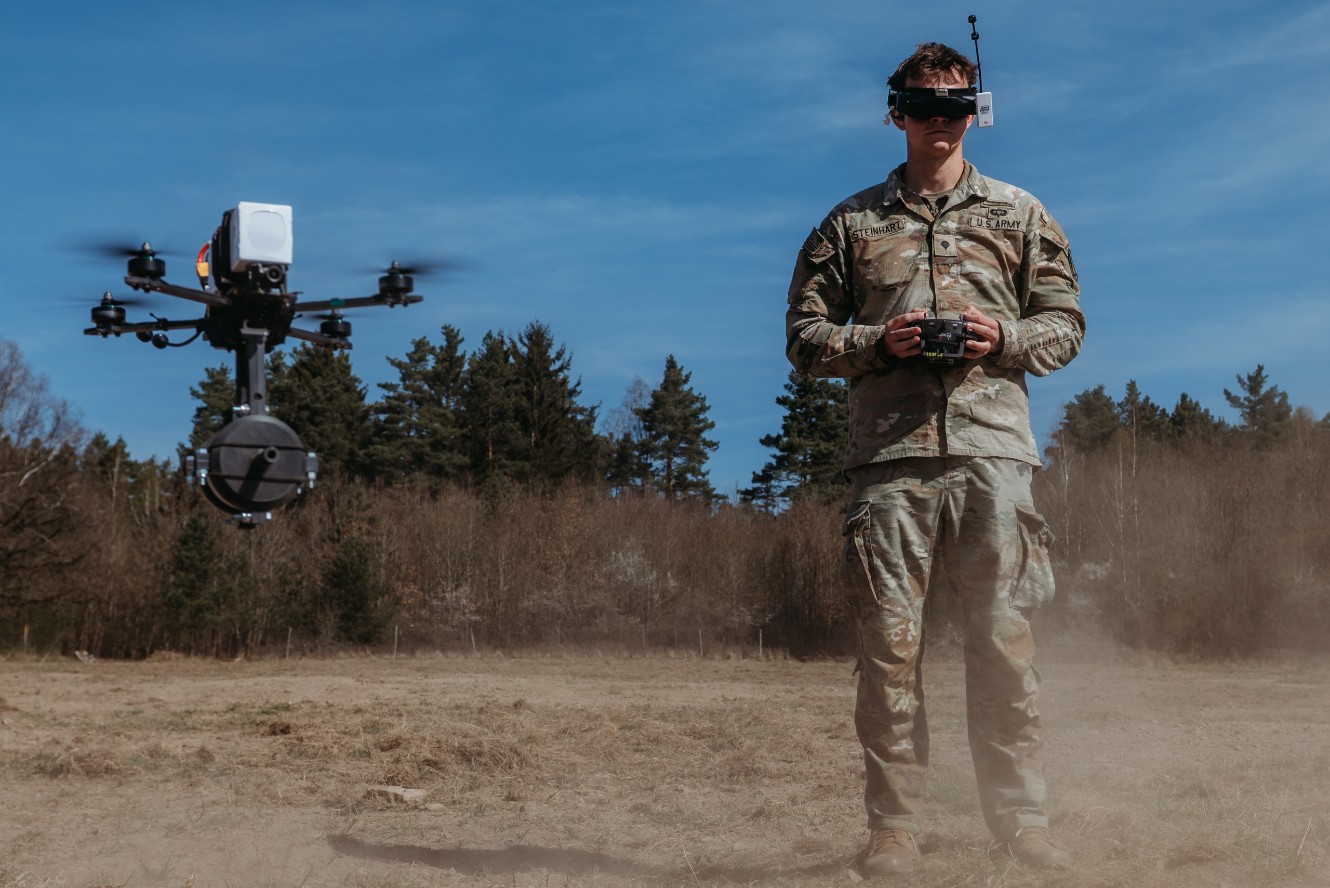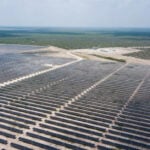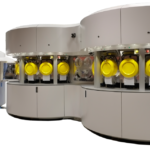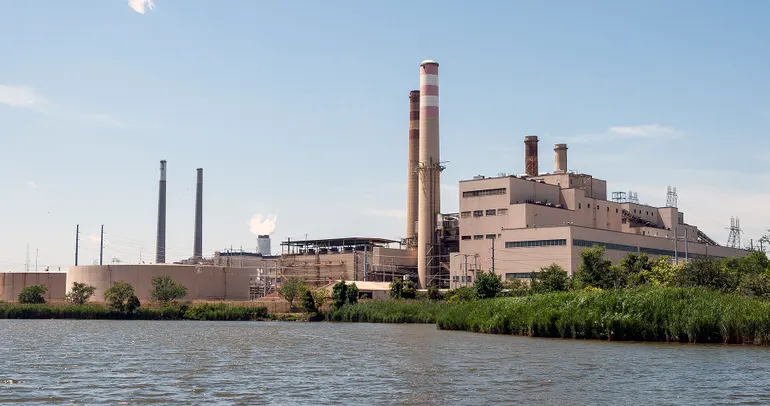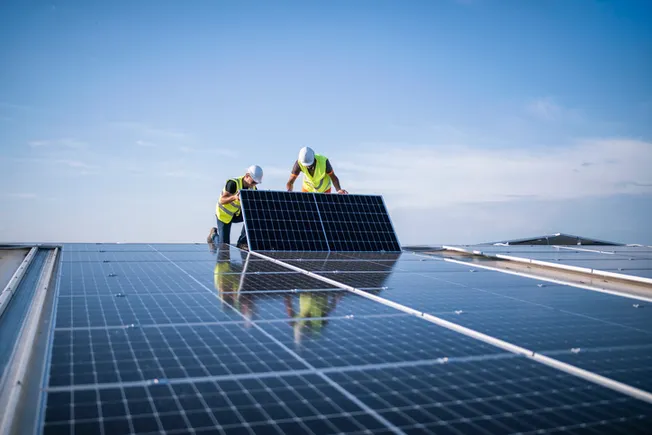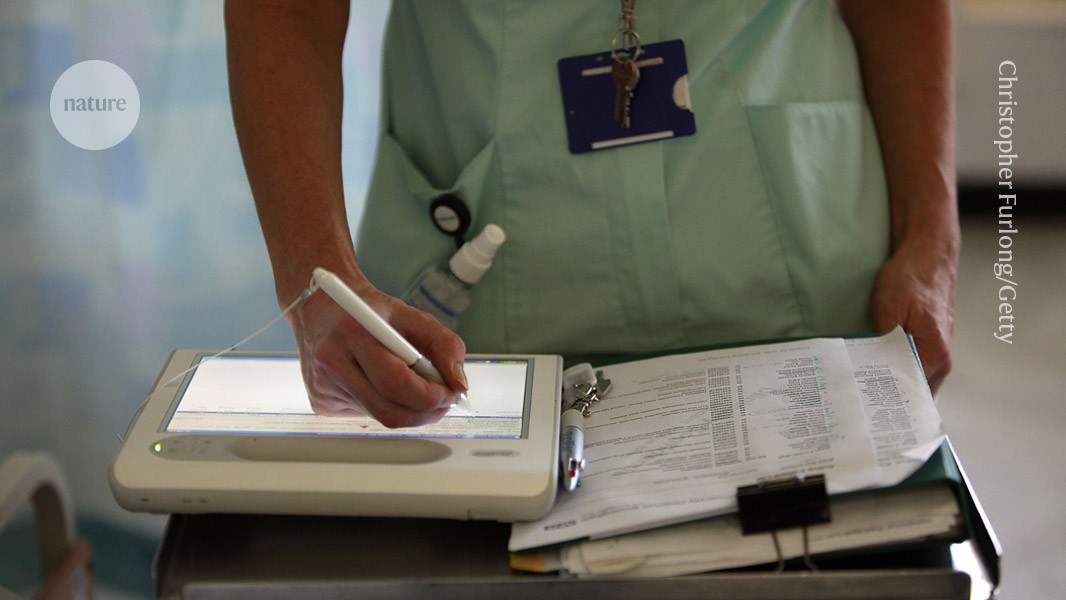Bioglass‐Integrated Dynamic Hydrogels Improve Matrix‐Directed Repair of Cranial Defects through Cooperative Mechano‐Biochemical Regulation
Advanced Healthcare Materials, EarlyView.

Treatment of critical-size cranial defects is extremely difficult in the clinic. This study reports a bioglass-integrated dynamic hydrogel that can recruit mesenchymal stem cells to the hydrogel matrix through continuous Apt-19s release and enhance their osteogenic activity through coordination-driven dynamic hardening, thus providing cooperative mechano-biochemical stimulation for improving defect healing.
Abstract
Craniofacial injuries are common orthopedic traumas, but their effective restoration still remains a major challenge in the clinic, largely due to the lack of pro-healing mesenchymal stem cells (MSCs) as well as intrinsically low osteogenic activities. Herein, a dynamic hydrogel system integrated with Aptamer 19S (Apt-19S)-loaded mesoporous bioglass nanoparticles (NBG@Apt-19S) for craniofacial defect reconstruction is reported. The dynamic hydrogel is prepared with clinically tested biocompatible components including polyvinyl alcohol and oxidized sodium alginate (OSA). After implantation into the defect site, the integrated bioglass nanoparticles undergo gradual degradation to release Apt-19S, which cooperates with the low stiffness of the hydrogel at the initial state to recruit MSCs to the scaffold-bio interface. The concurrently released Ca2+ ions would further coordinate with the carboxyl groups in OSA to drive gradual hydrogel stiffening, which can stimulate the vinculin-talin mechanosensing pathway in recruited MSCs to activate the downstream YAP signaling, eventually promoting their osteogenic activities. The cooperative mechano-biochemical pro-osteogenesis activity of the dynamic hydrogel is validated both in vitro and rat models bearing critical-size cranial defects, providing an approach for cranial defect reconstruction and healing in the clinic.


















